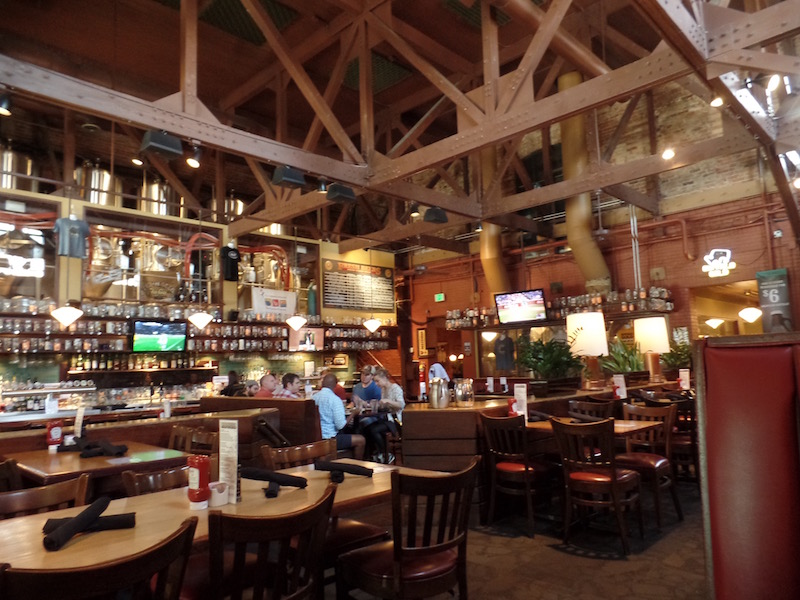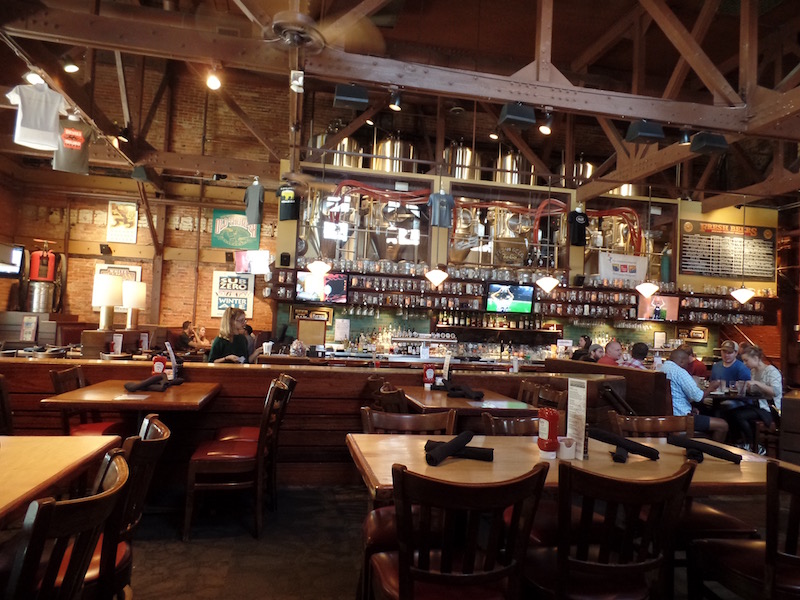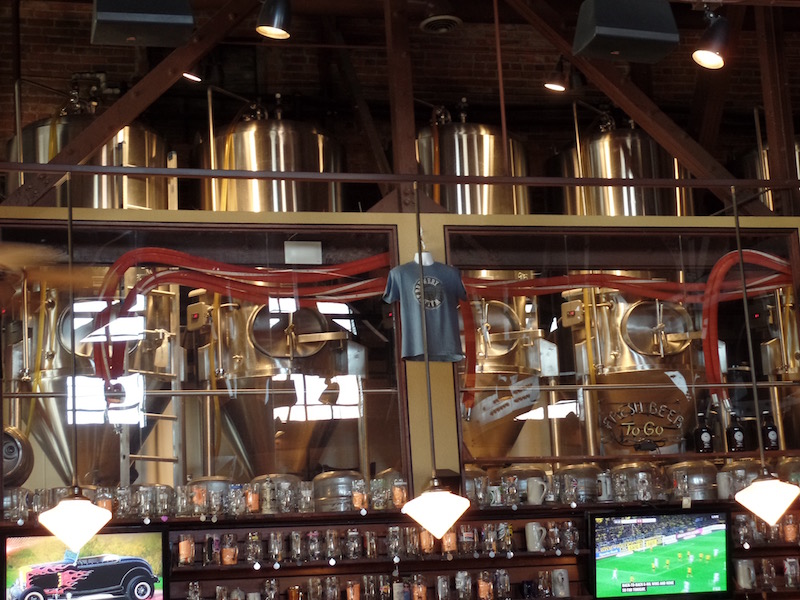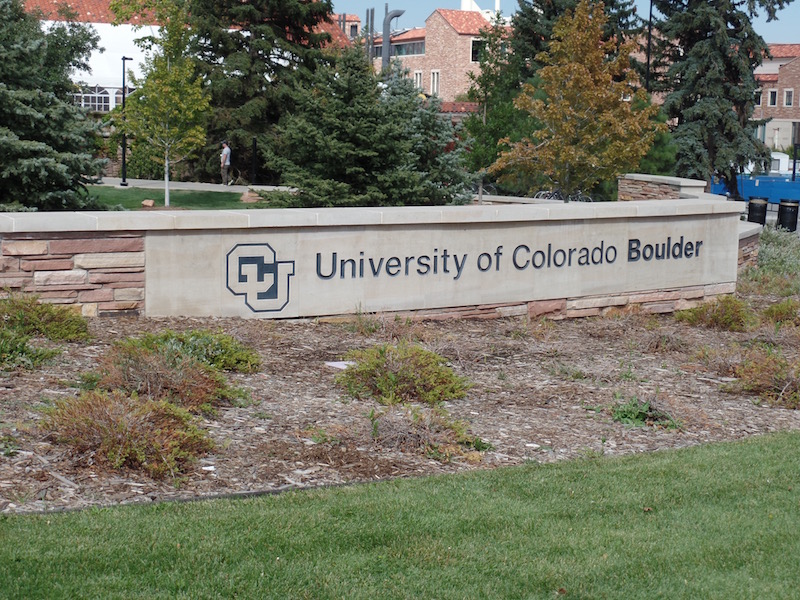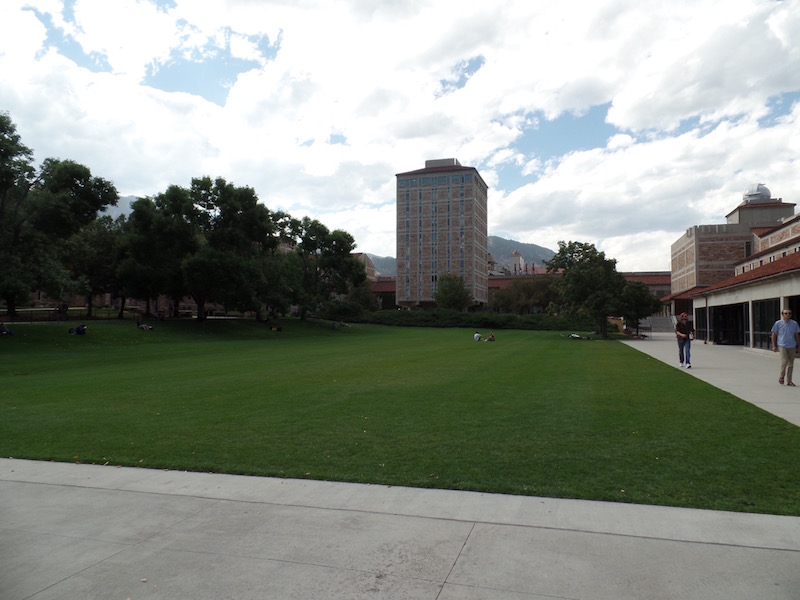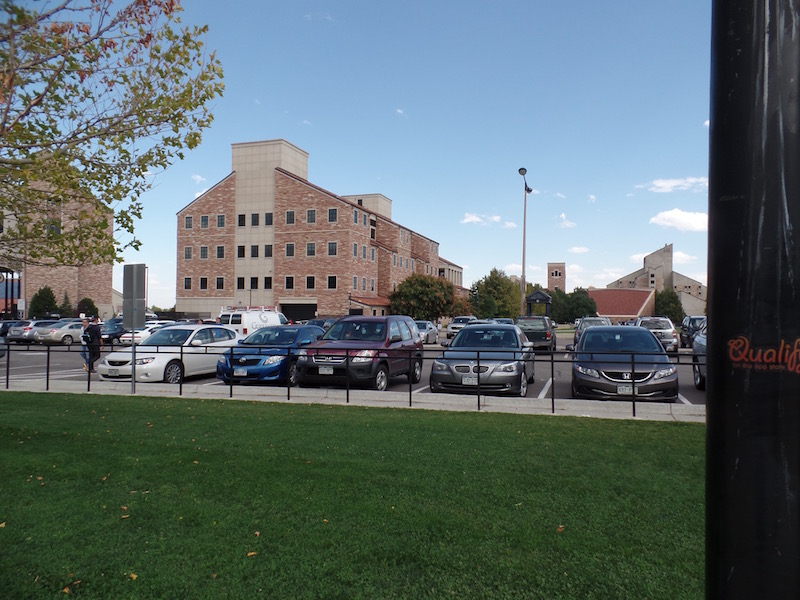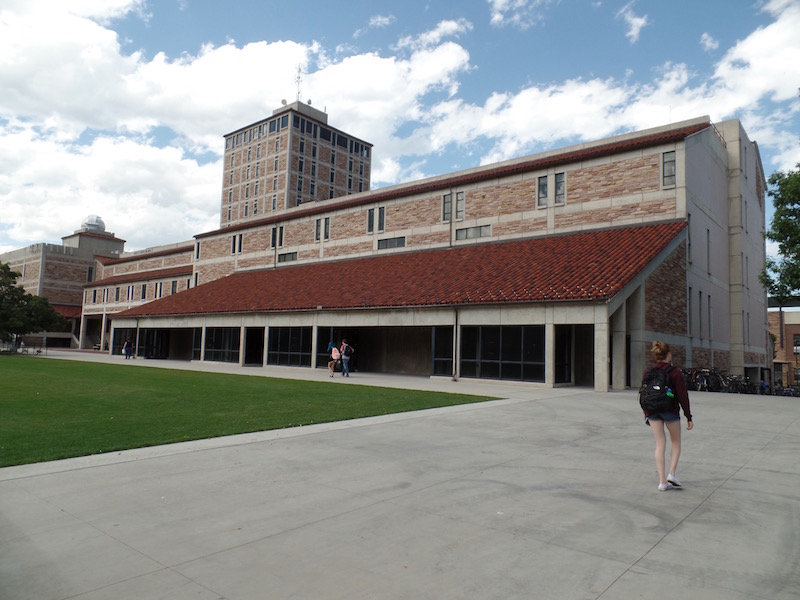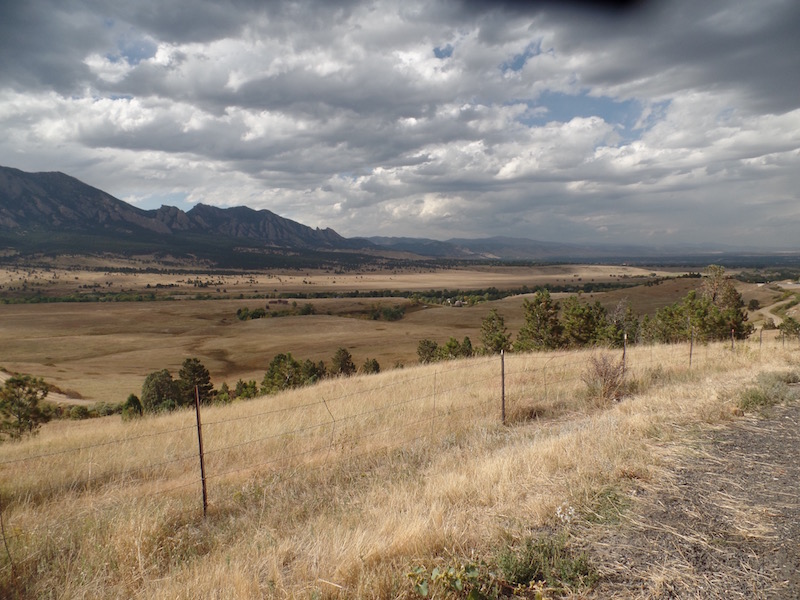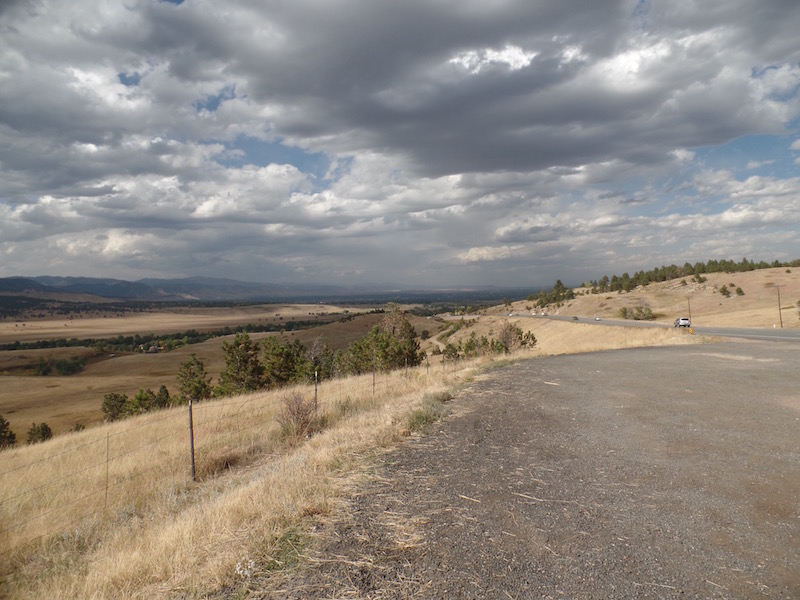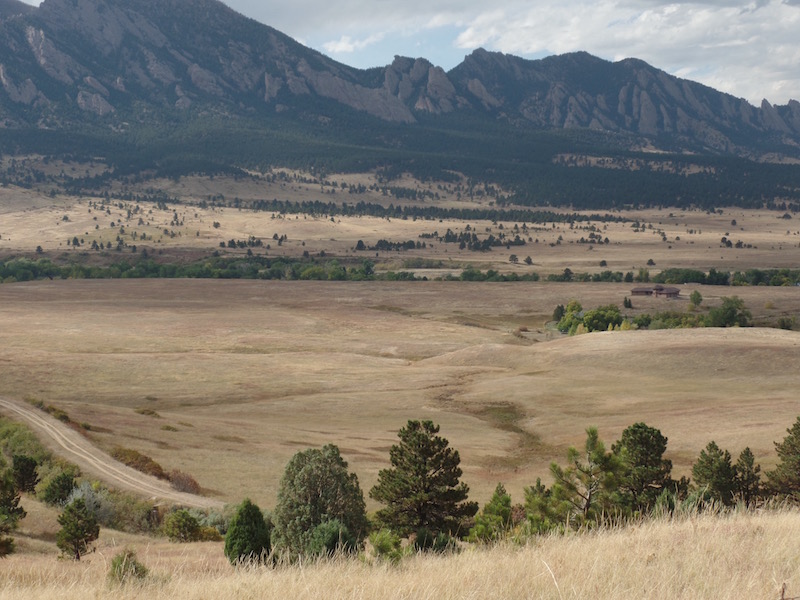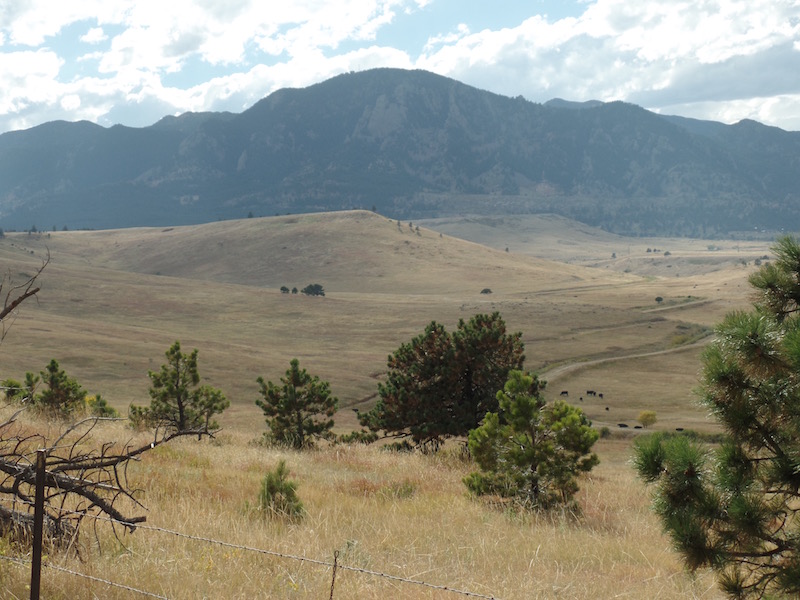Susan's Blog - Boulder
After a full day seeing the sights of Denver, we headed North to Boulder for a day. Boulder is located at the base of the foothills of the Rockies and is slightly higher than Denver, sitting at 5,430 feet above sea level. It is known for being a destination for hippies in the 60's and seemed like a "quaint" little town. We took a guided tour of Boulder and got a few glimpses into the past.
We started our tour at the Hotel Boulderado, which is a historic hotel right downtown. Back in 1905, Boulder was a tiny little town of 8,000 people. While they had "some hotels", they really didn't have a luxury hotel and so the city raised funds and built a hotel that would live up to the expectations of the visitors visiting this new railroad hub. It opened with a Gala Ball on New Year's Eve in 1908 and the first guests checked in on Jan 1st, 1909. The original 1908 Otis elevator is still in operation and you can take a trip up in it, although you can't go by yourself and have to call a bellman. It has a sign about serving liquor since 1908 although only legally since 1969 due to the early 1900's prohibition ban. The original bar, named The Catacombs, has changed and is now called License No. 1, to pay homage to the original Catacombs, which acquired the first liquor license in Boulder after the 1967 repeal of the liquor ban. There is also an original fountain which advertised the water source from the Arapahoe Glacier.
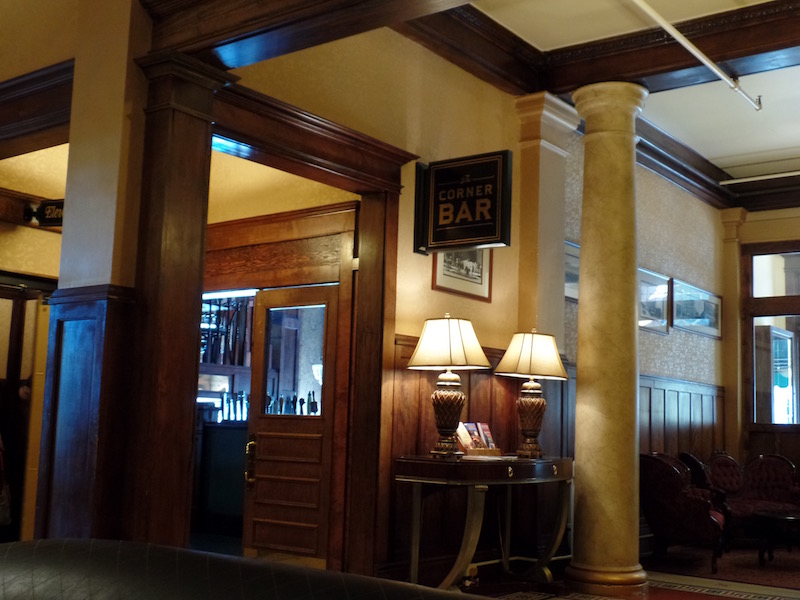
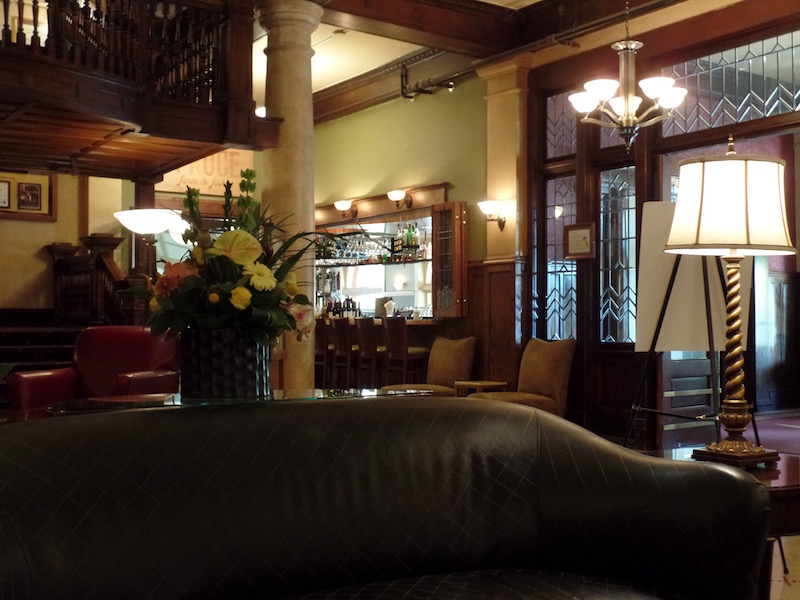
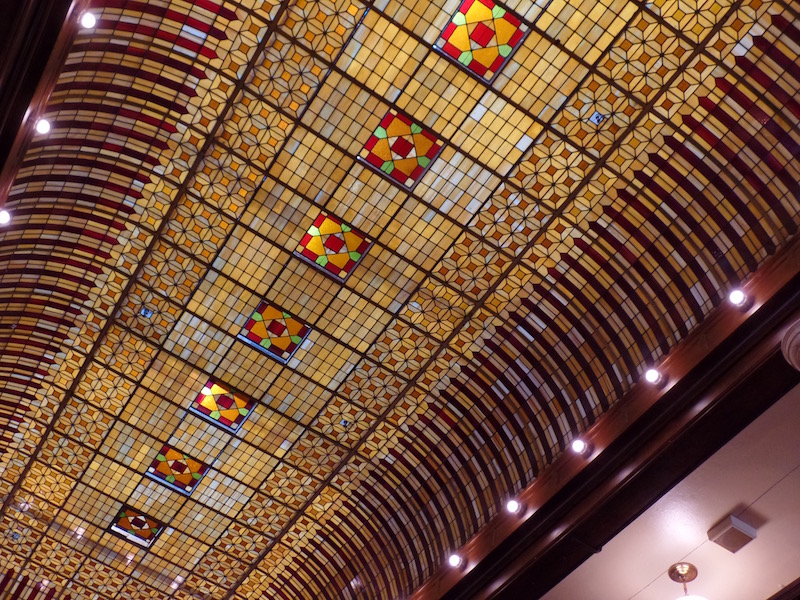
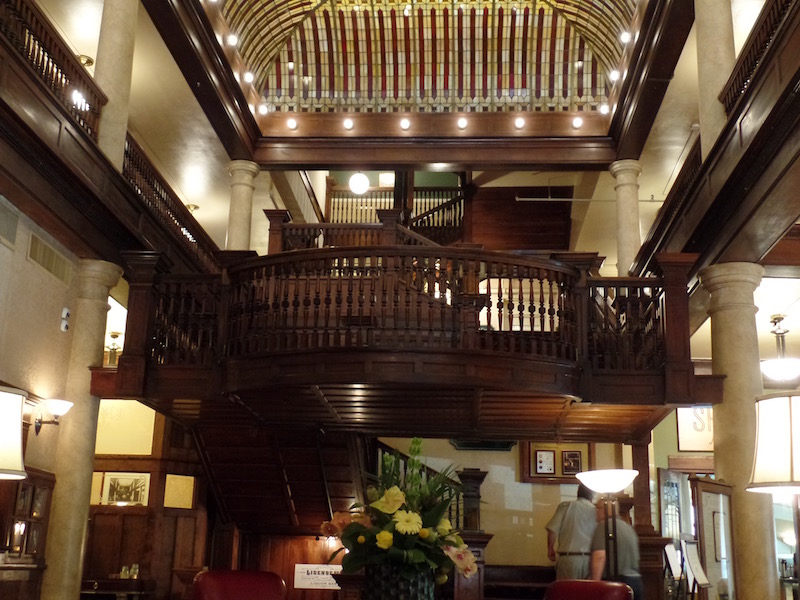
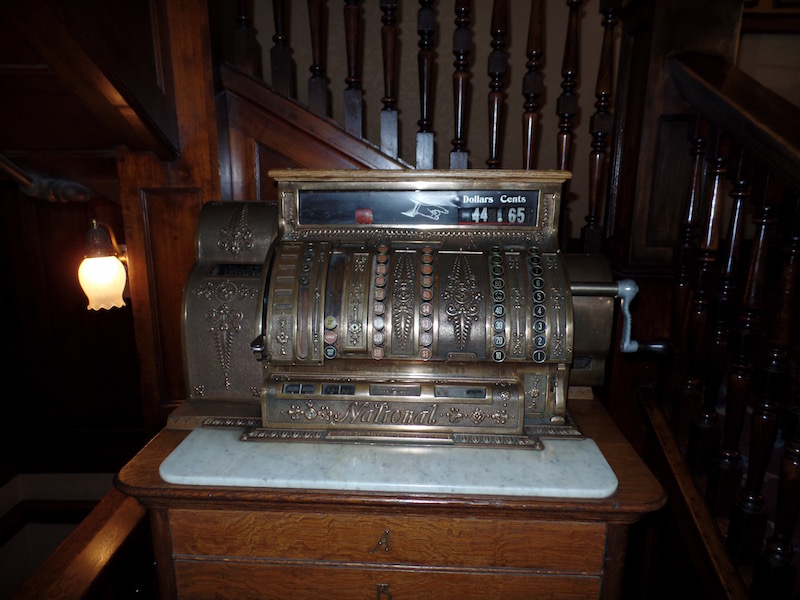
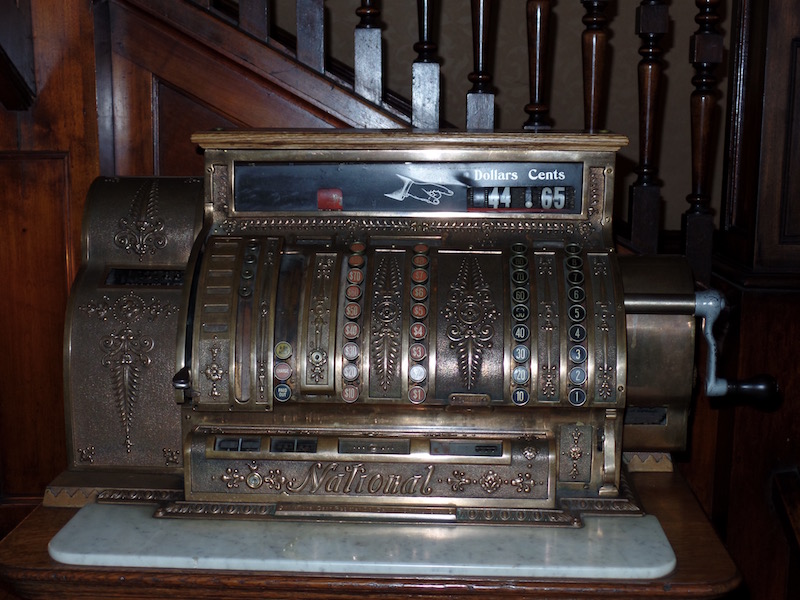
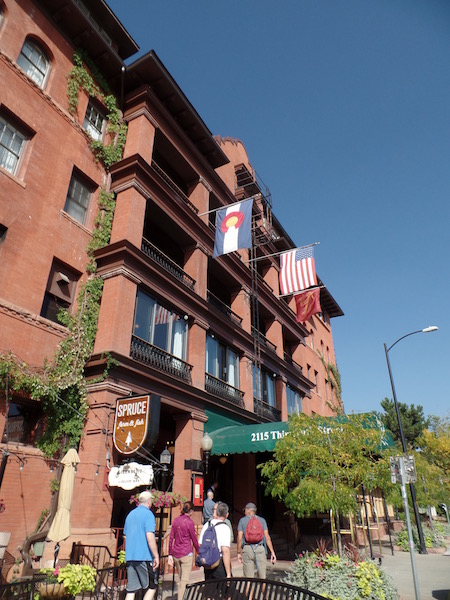
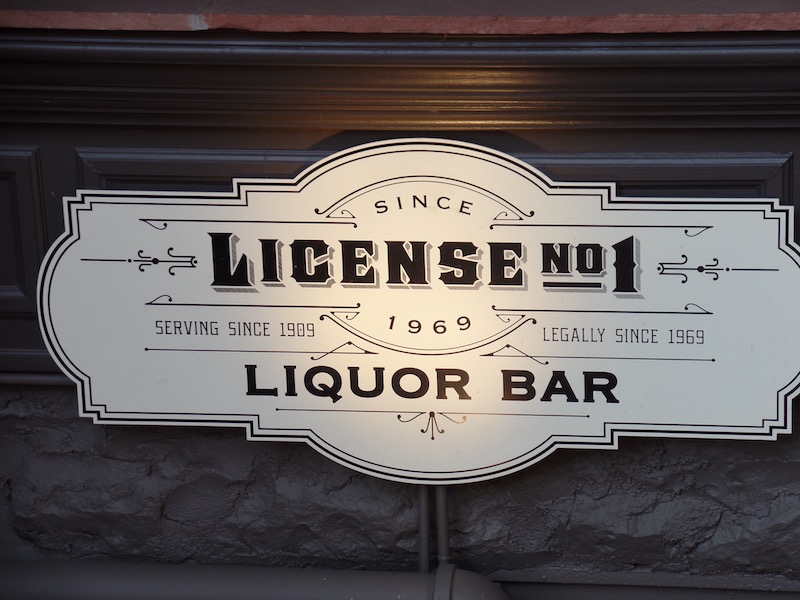
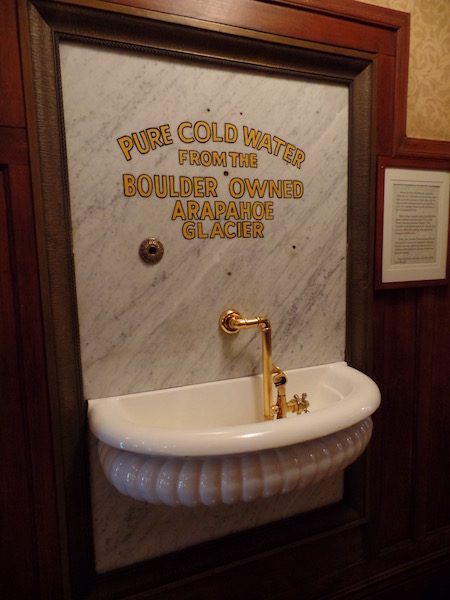
This was originally built as the Elks Lodge, as you can tell from the Elk decor on the outside of the building. It was built in 1904 in the Mission style. It was designed by Robert Roeschlaub, who held the first architecture license in the state of Colorado.
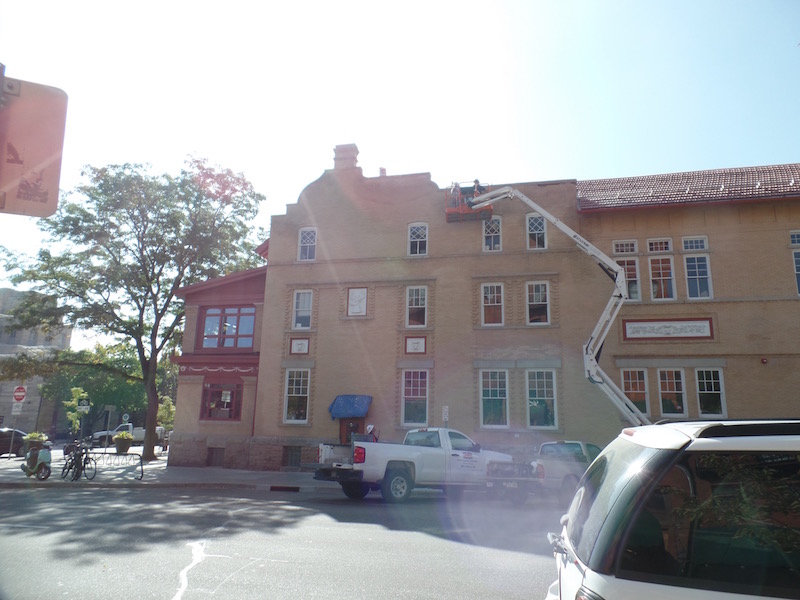
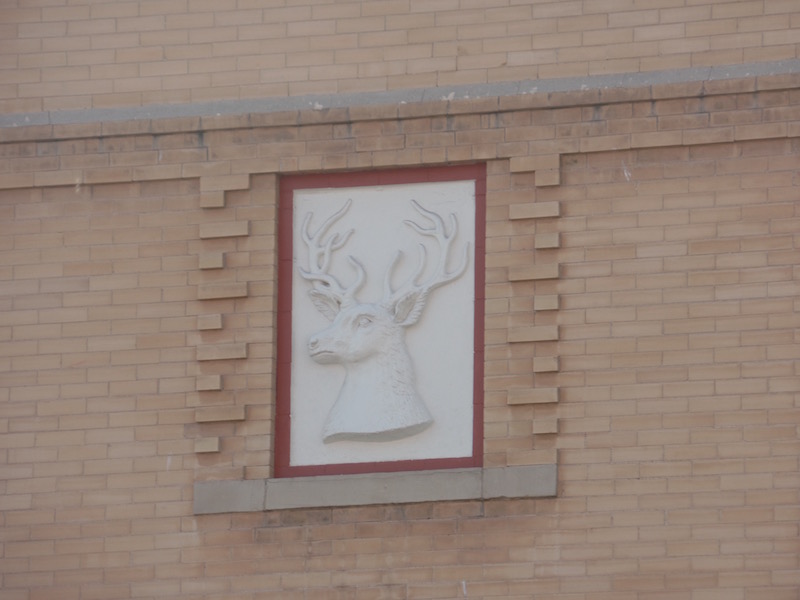
This is the Boulder Court House building, although not the original building (and actually no longer a courthouse but just county offices). Considered ultra-modern for its time in 1933 when it was built, it replaced a Second Empire courthouse erected in 1882, which burned downed the year before. You can see the Art-Deco detailing. The dimensions of the sandstone blocks are irregular, which accents the stepping-stone pattern of the building's facade. The windows and spandrels (the gray panels between the windows) are cast metal. The terra cotta frieze above the building entrance shows a miner with his pick and a farmer with his sickle, with a rising (or setting) sun behind them.
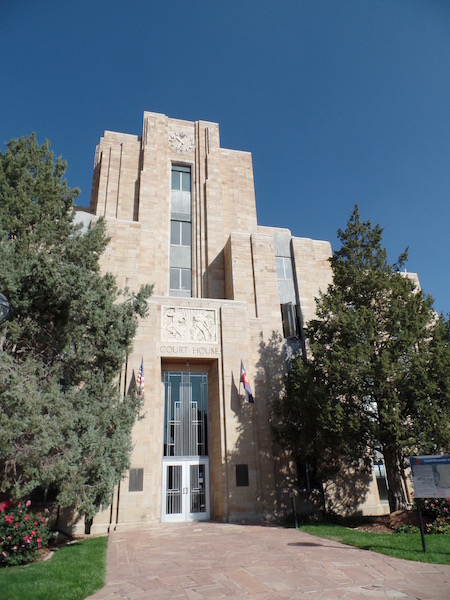
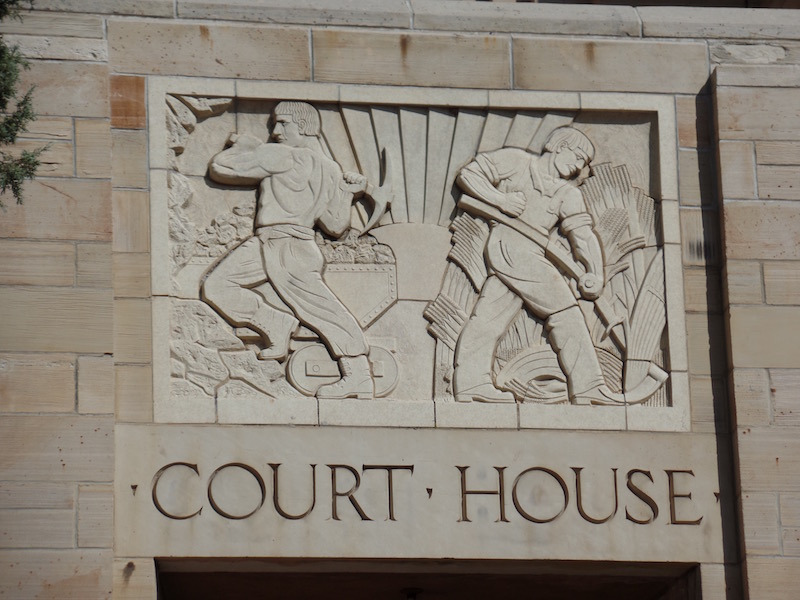
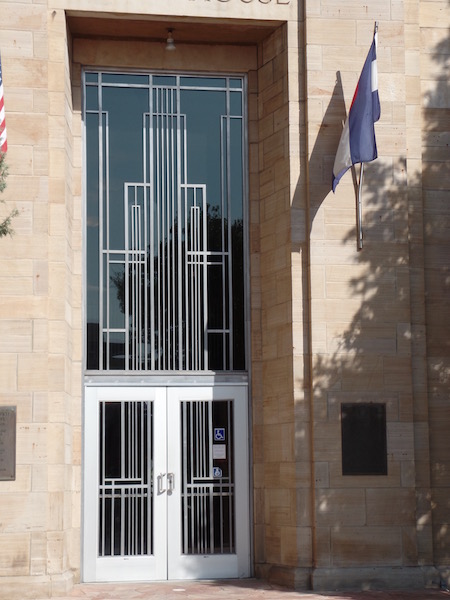
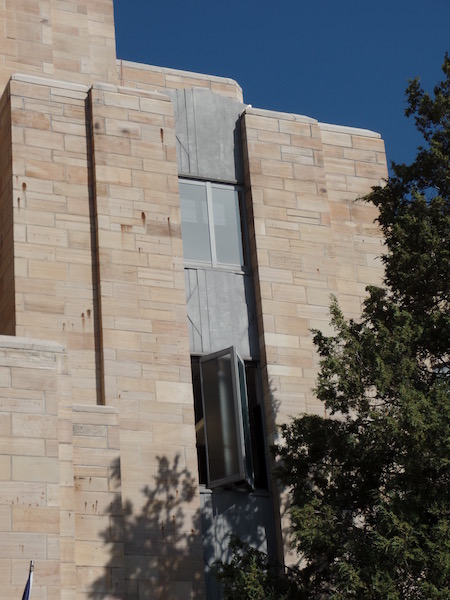
In front of the courthouse is a statue of Chief Niwot (or Left Hand), who the guide talked about in a few different places. He was a tribal leader of the Southern Arapaho people and was quite important in the history of Colorado and Boulder. You'll see various things named "Left Hand", like Left Hand Creek, Left Hand Canyon, etc.
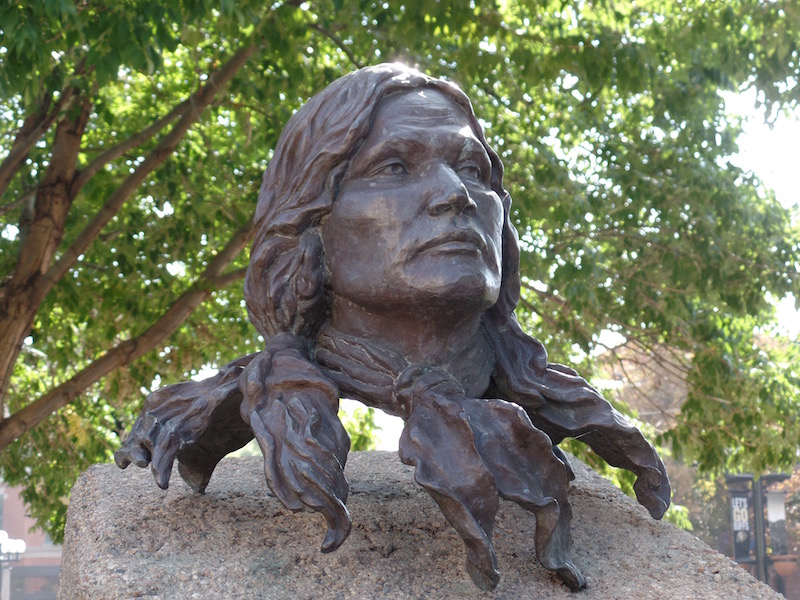
Another bit of Art Deco in this movie theater, the Boulder Theater. It opened in 1906 as an opera house and went through several incarnations. The art-deco design was added in 1936 when the Opera House was expanded ... art-deco being the style of the day.
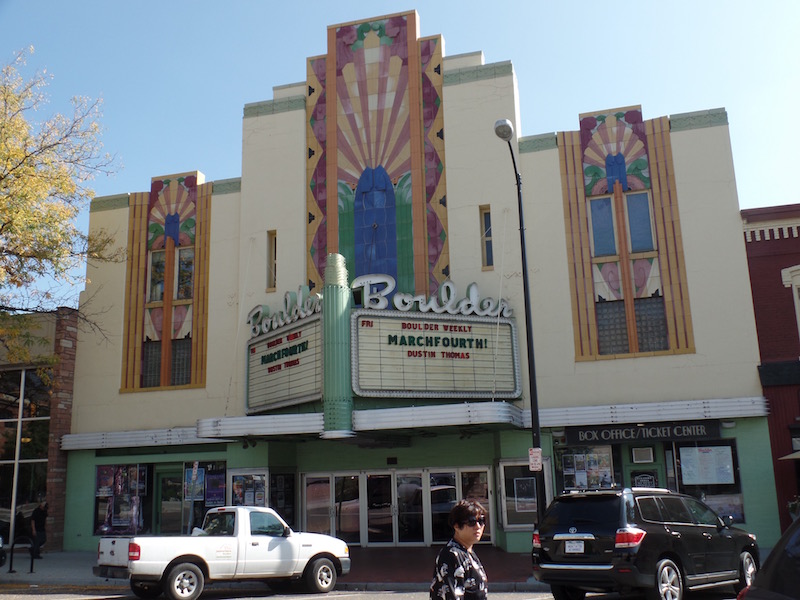
The Boulder Shambhala Center... The Shambhala Buddhist path, unique in the world of Western Buddhism, combines the teachings of the Kagyu and Nyingma traditions of Tibetan Buddhism with the Shambhala principles of living an uplifted life, fully engaged with the world.
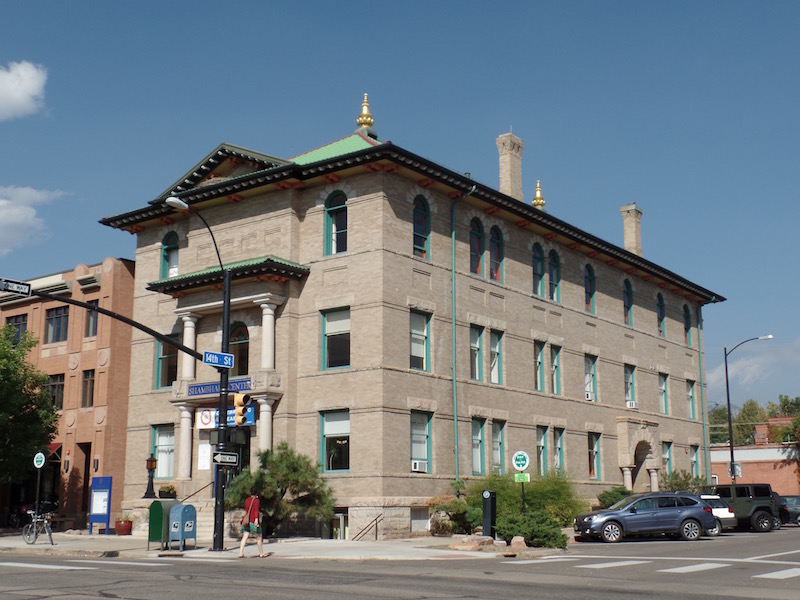
The First United Methodist Church ... The church congregation was organized back in 1859 by Rev. Jacob Adriance in what was then a bustling new mining camp. For ten years the Methodists met in Boulder's Central School and in the Congregational Church. The Methodist church had nine members and its first resident minister in 1870. They constructed their first building on the corner of Fourteenth and Spruce in 1872. A new building, built of native stone in the Romanesque Revival style, was dedicated on the same corner in September 1892. A parsonage was built in 1906, and the parlor wing was added in 1914.
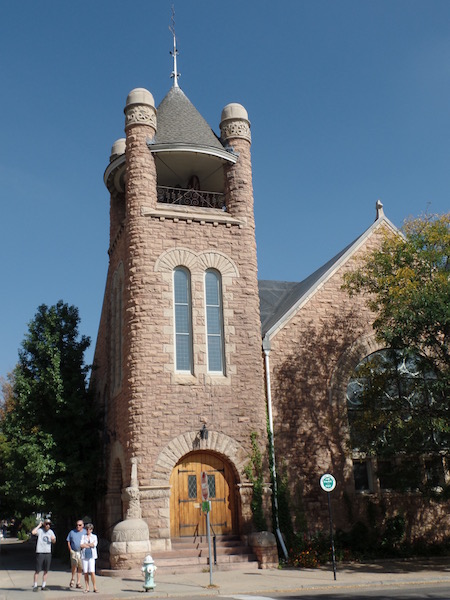
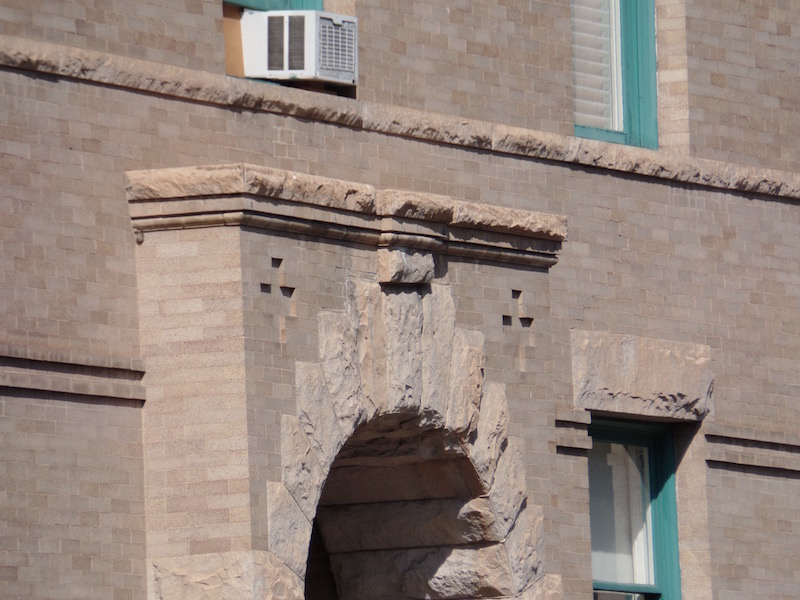
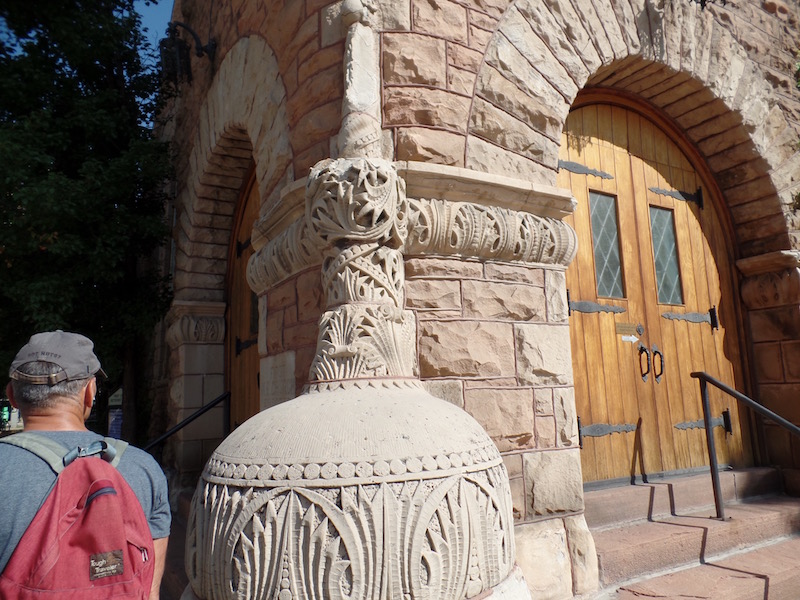
Morrison House, which dates from 1891, is a historic, Queen Anne Cottage style home.
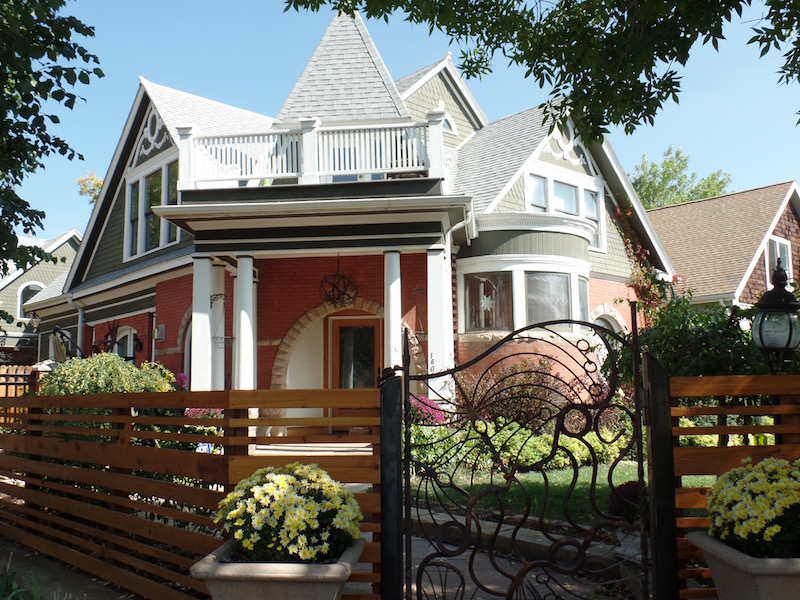
I didn't actually recognize this, but it is the house from Mork & Mindy (the TV show in the 70's/80's). While the series itself was shot on a sound stage, this house was features in the exterior shots, as well as a few other places in and around Boulder.
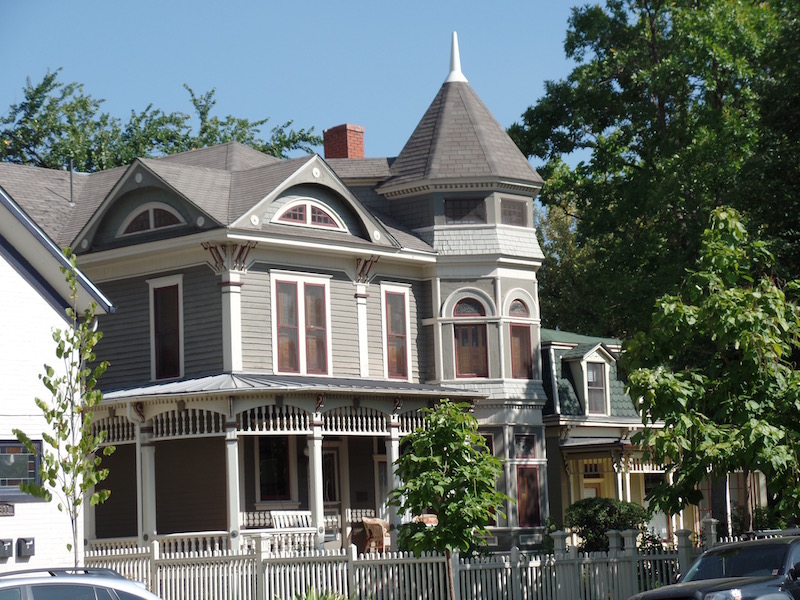
Okay, so this isn't normally what you see on my blogs .. but ... how often do you see a chicken coop with a chandelier while walking around a neighborhood??
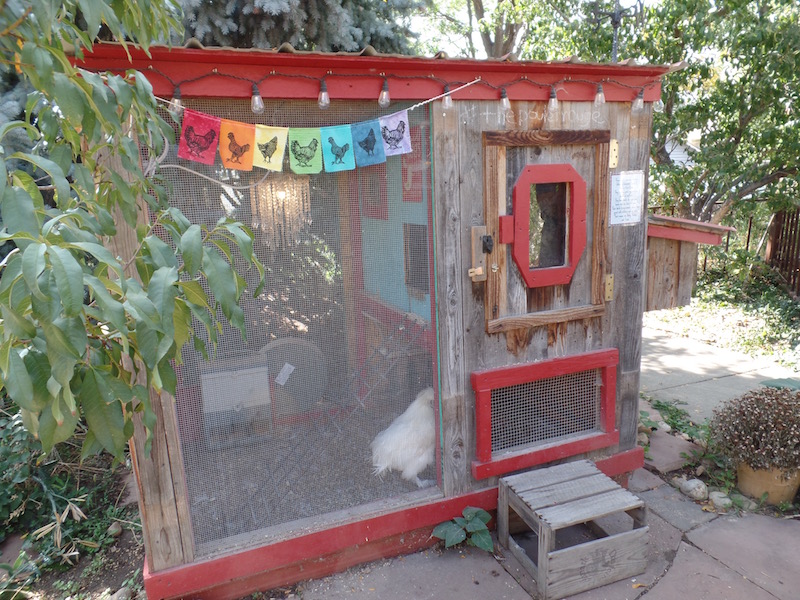
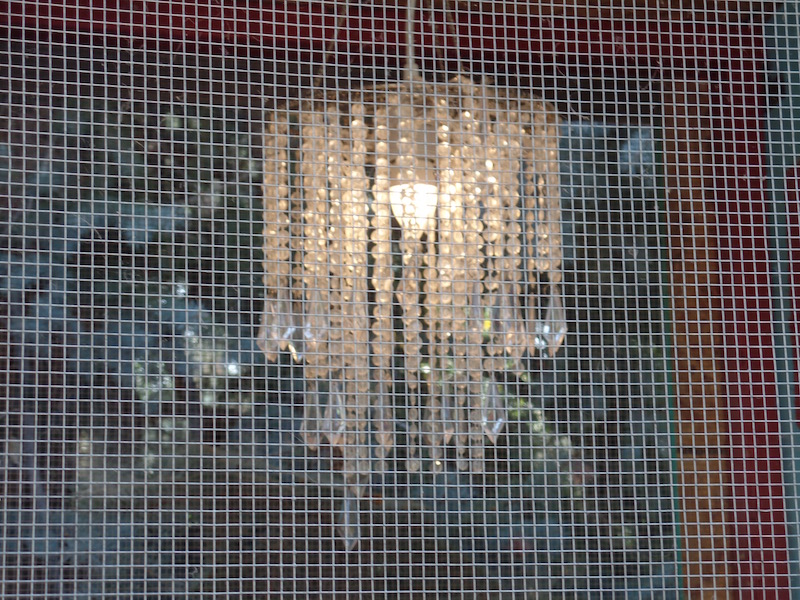
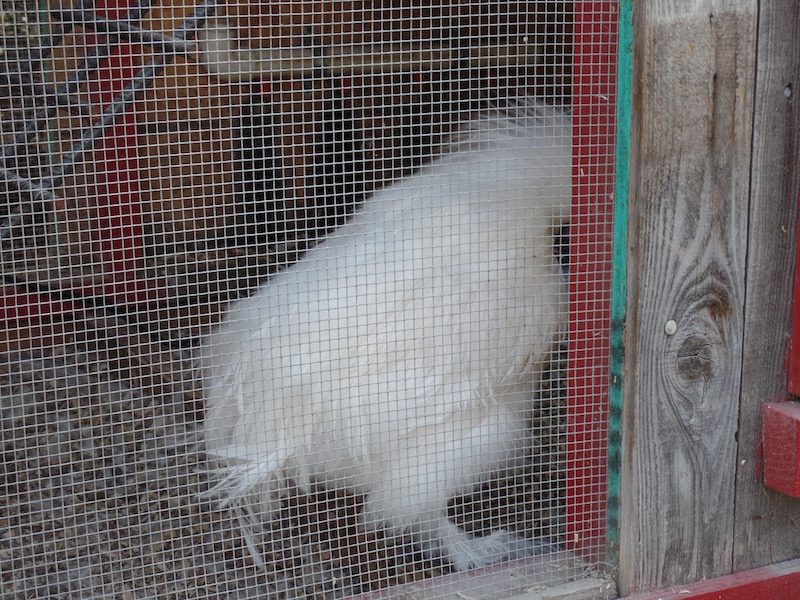
This is the Odd Fellows Lodge building, dating back to 1899 (which you can see in one of the pictures). It is in a Richardsonian Romanesque style with Queen Anne and Colonial Revival detailing. It has some really nice windows on the side.
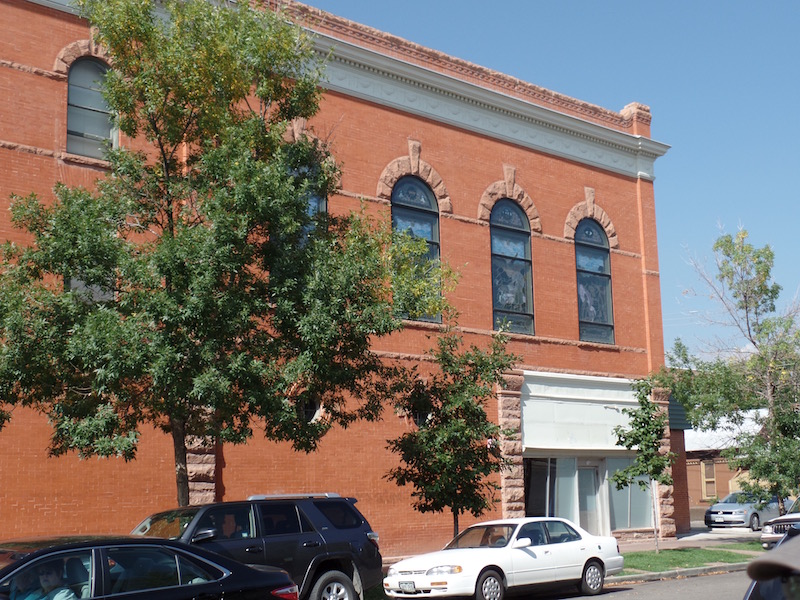
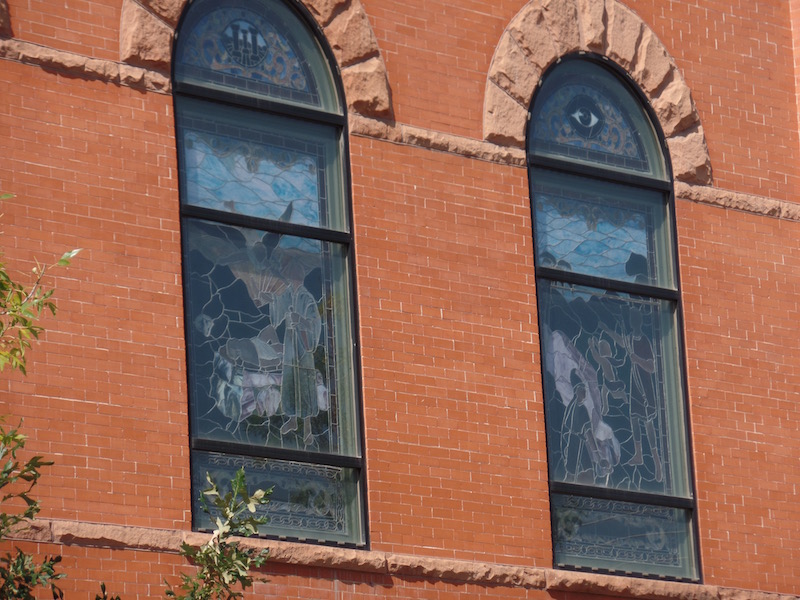
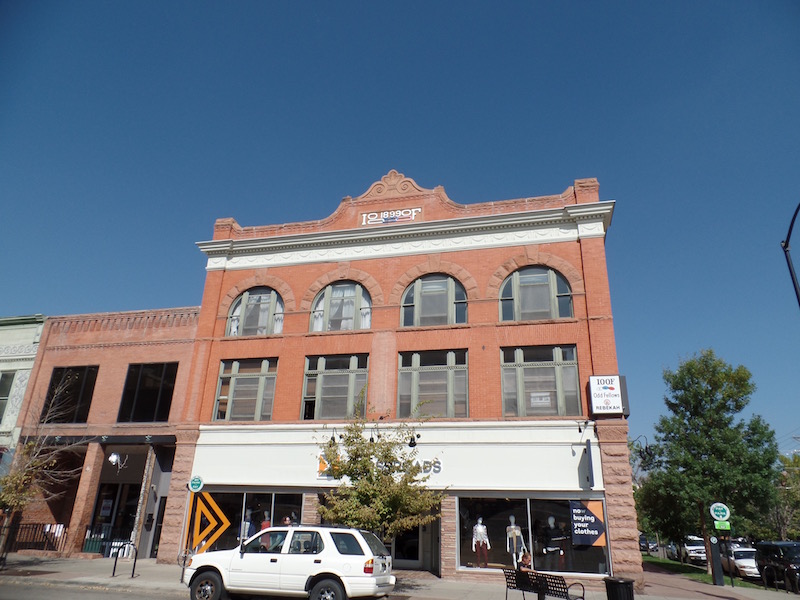
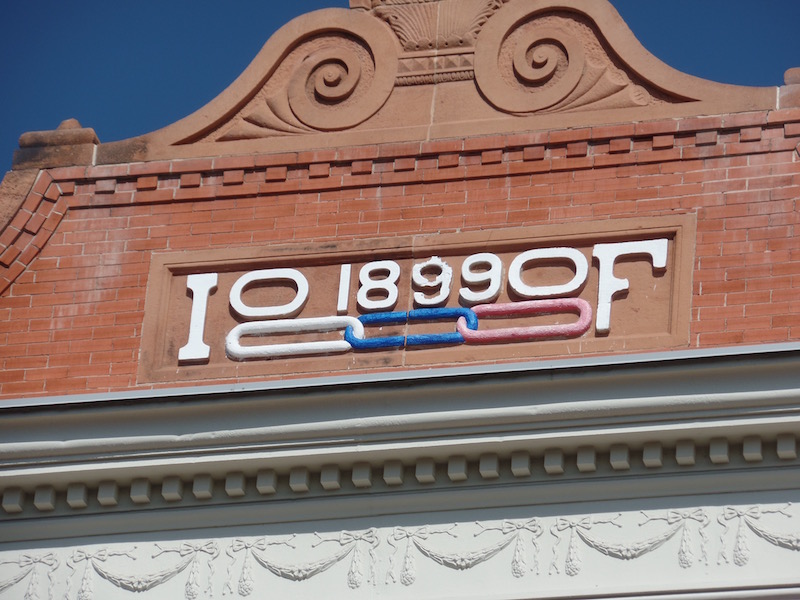
Views of the mountain .. most of these are taken from the top of a parking deck, which the guide said had the best views. He mentioned that, as you look out over the city, almost all of the buildings (except for one), are all about the same height. This is due to a city ordinance to limit how tall a building can go, so that the views of the mountains aren't obstructed. You'll also notice a few that show very flat rocks that are tilted a bit ... these are slabs of sedimentary stone that are tilted up, known as the Flatirons, which are a symbol of Boulder.
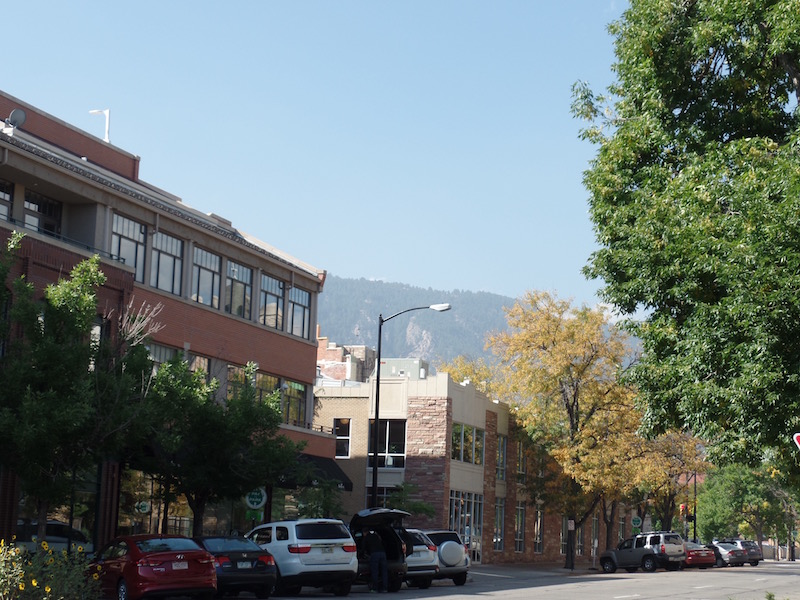
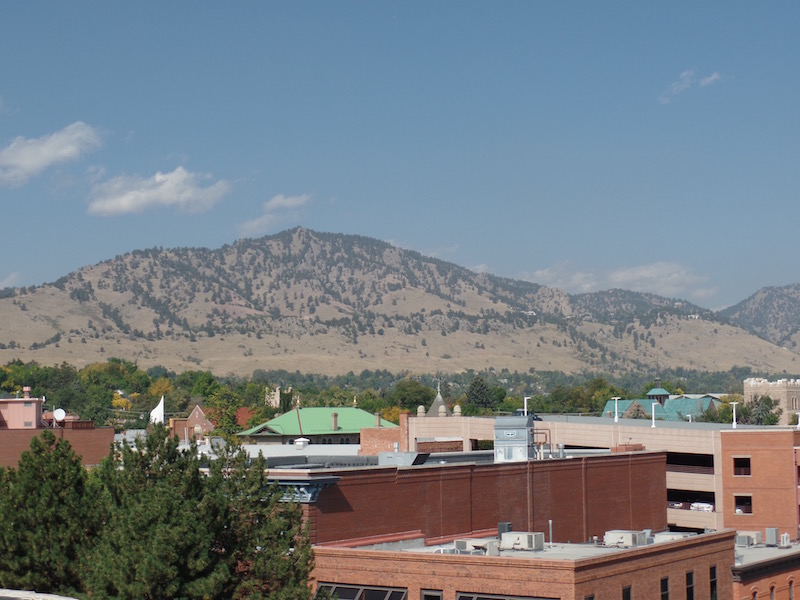
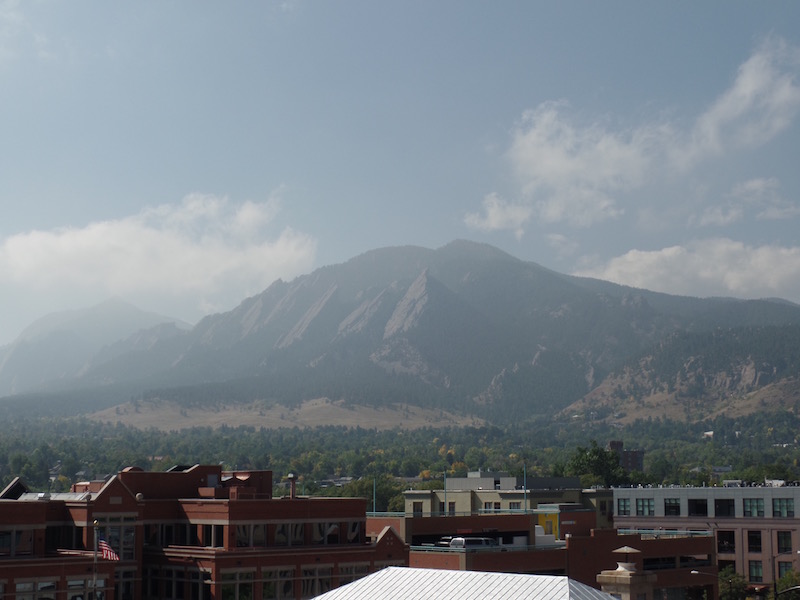
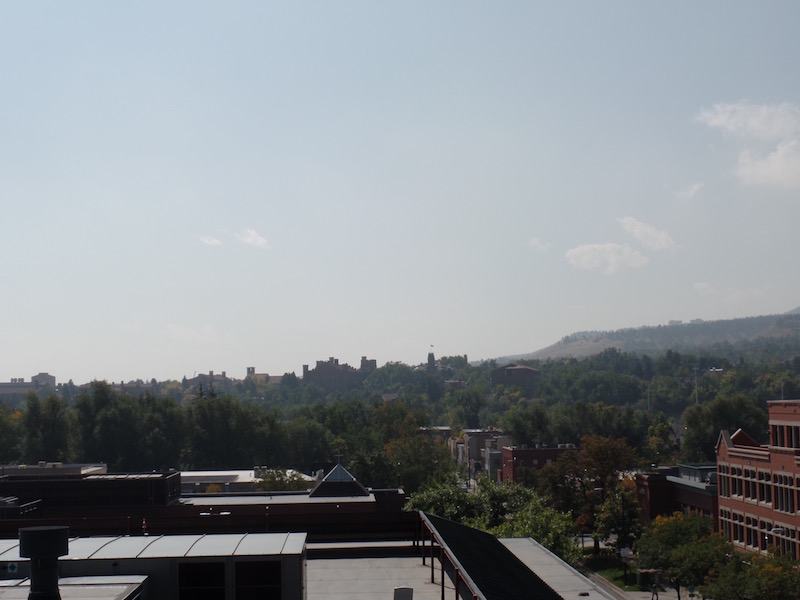
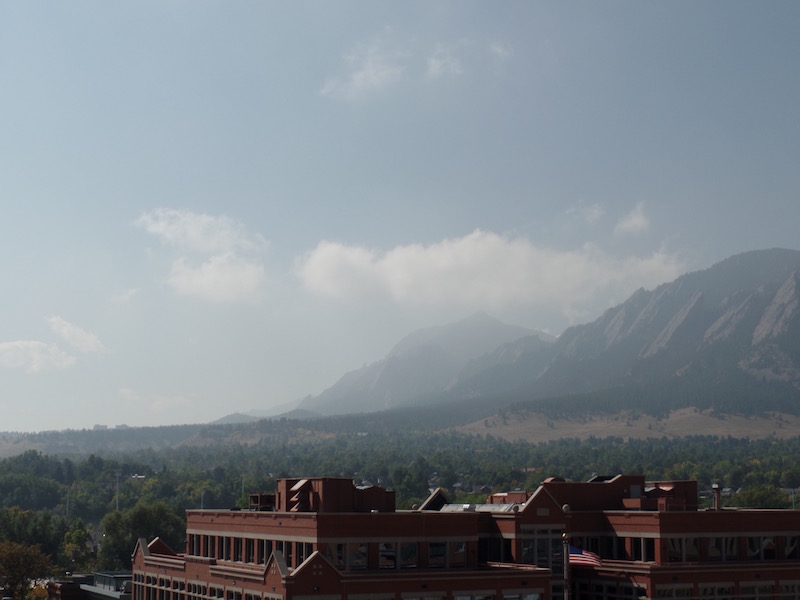
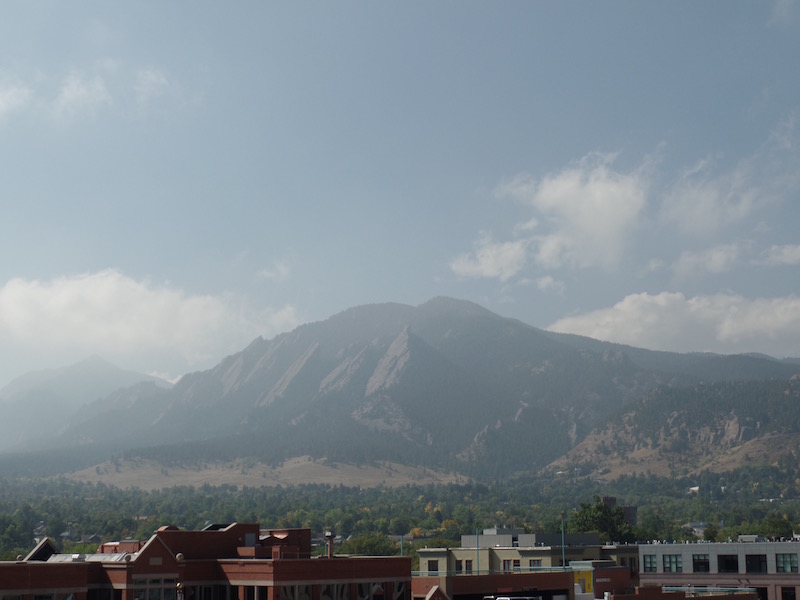
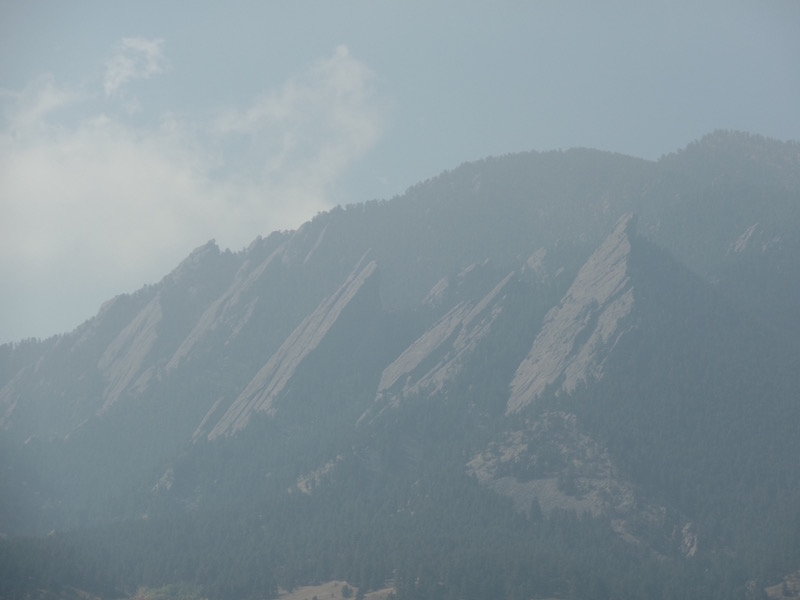
These are a couple buildings on the CU campus (that we will visit later). The one with the flag is called the Old Main building. The stadium is right on campus, which Tom really likes!
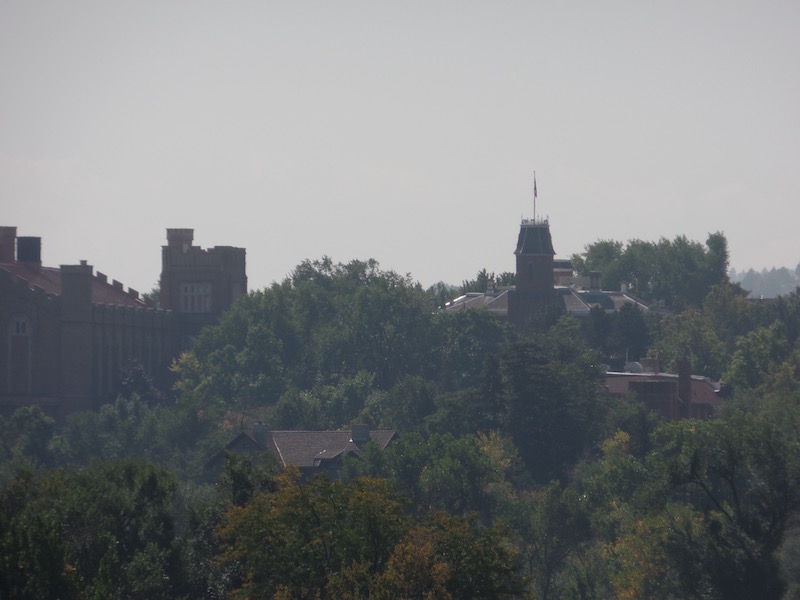
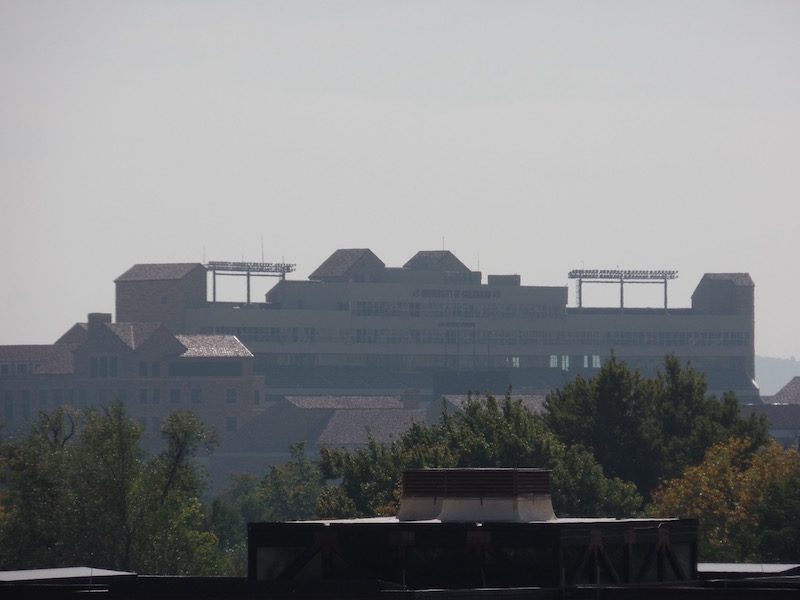
This is an interesting picture which dates back to 1894 and is what was on the corner of 15th and Pearl (a Livery stable) which is the exact spot of the parking garage today.
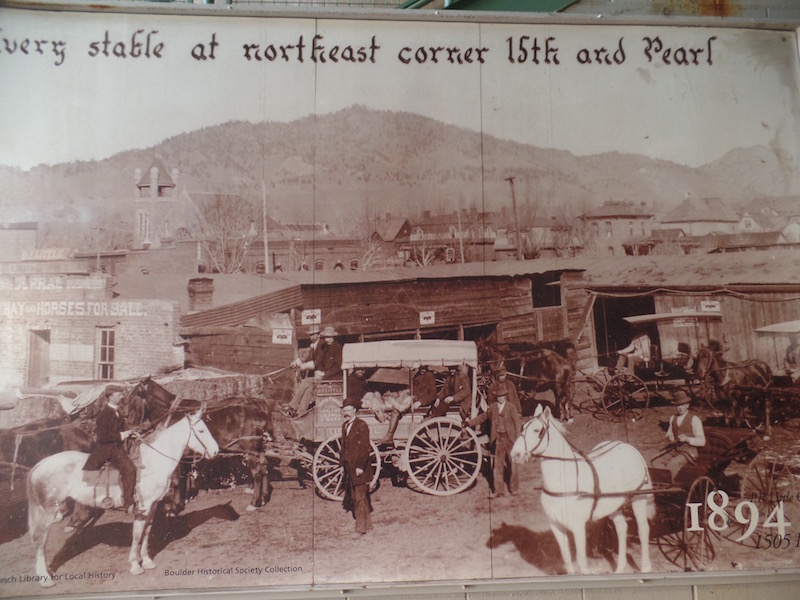
Another set of buildings with nice detailing, including some on Pearl street.
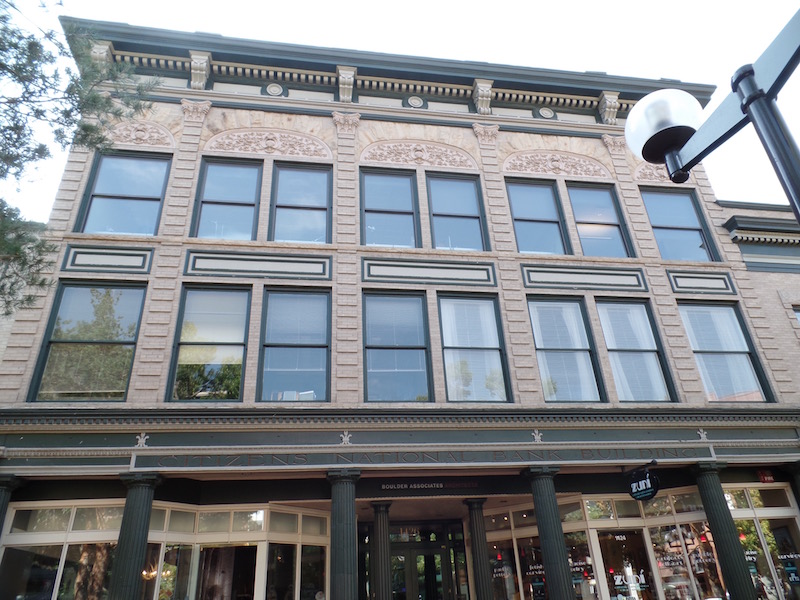
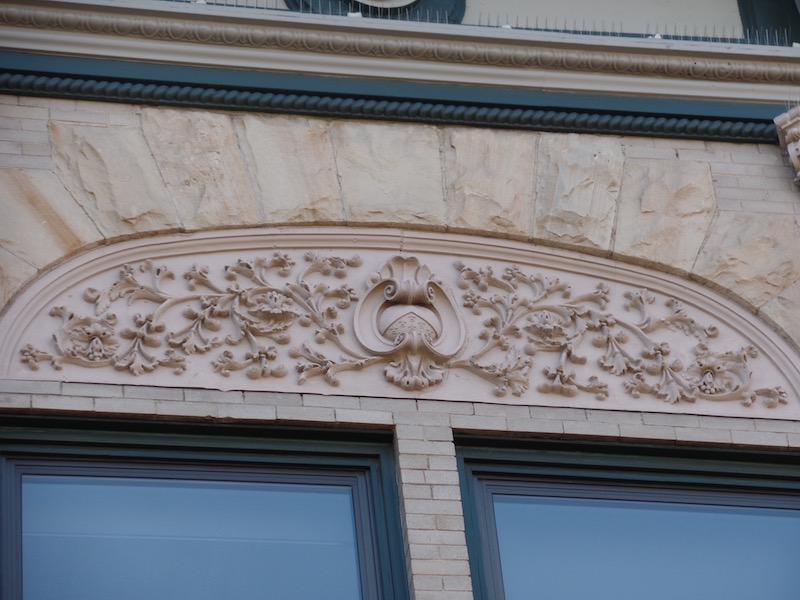
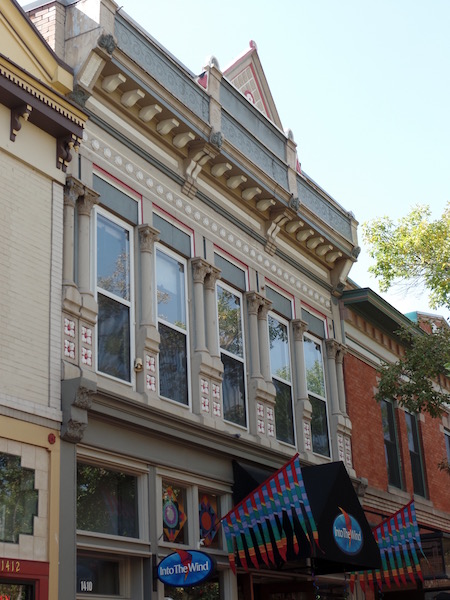
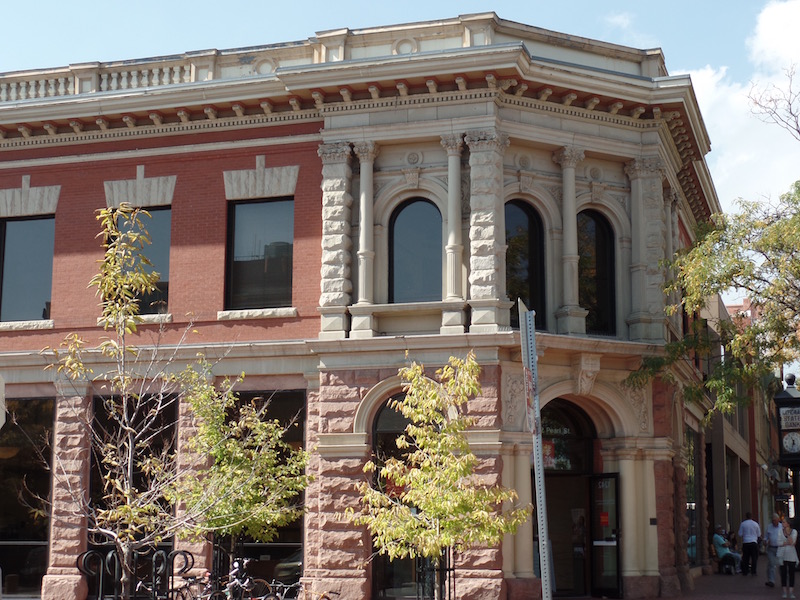
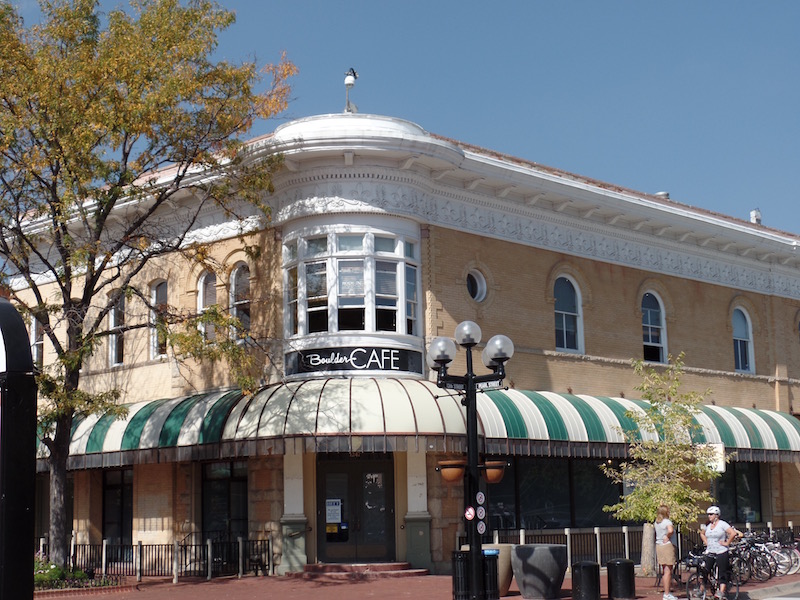
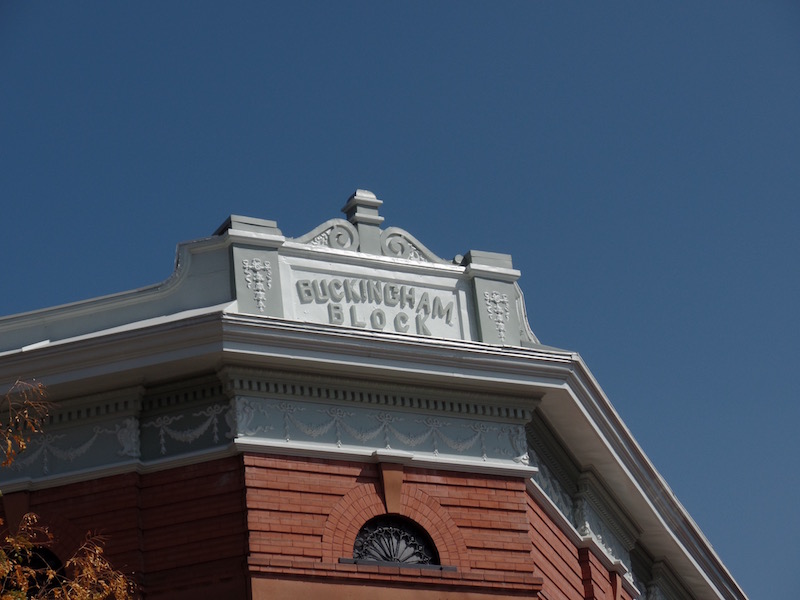
This is the Dushanbe Tea House, which has an interesting story behind it. Dushanbe is the capital of Tajikistan and is a sister-city to Boulder. For those of you who are now trying to Google "Tajikistan" ... it is a small country in Central Asia and a former member of the Soviet Republic. It sits along the trade routes of the former Silk Road, between China (to the East), Uzbekistan and Kyrgyzstan (to the North), and Afghanistan (to the South). It is a very mountainous country, with 93% of it being mountains and almost half being at an elevation of 9,000 feet or higher. This exact tea house was constructed in Tajikistan, then taken apart, crated, shipped to Boulder, and then reassembled by artisans.
The exterior has 3 colorful ceramic tiles, created by Victor Zabolotnikov which display patterns of a "Tree of Life".
We walked through and I quickly took a few pictures (I'm not sure they really like people just coming in to take pictures). The ceiling is carved and painted with intricate patterns traditional in Persian art. There are 12 carved cedar columns, each one being unique. In the center is a central pool with 7 hammered copper sculptures created by Ivan Milosovich. Each is life-sized and based on a 12th century poem "The Seven Beauties" by Nizami Ganjavi. The poem tells the story of Shah Bahram Goir who marries the seven daughters of the continents. While visiting each wife, she relates a story about her native land.
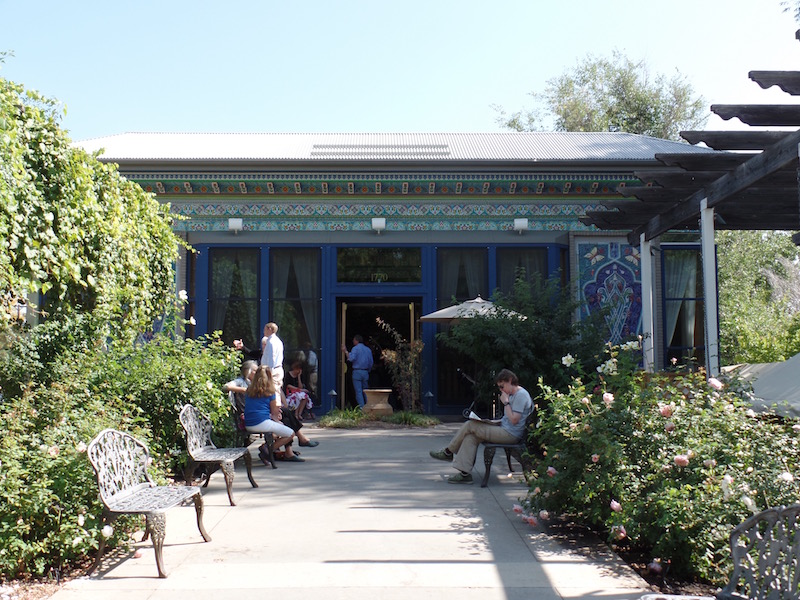
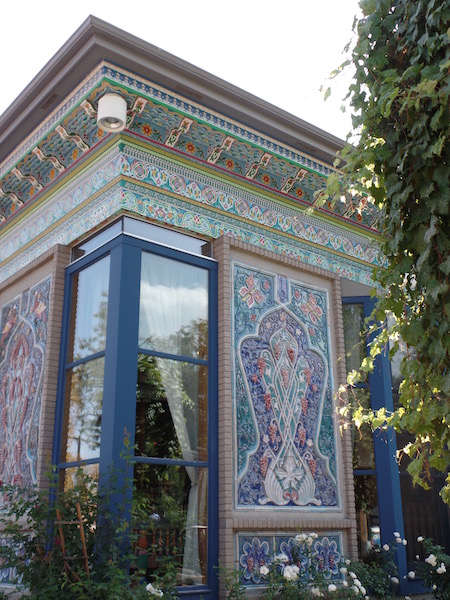
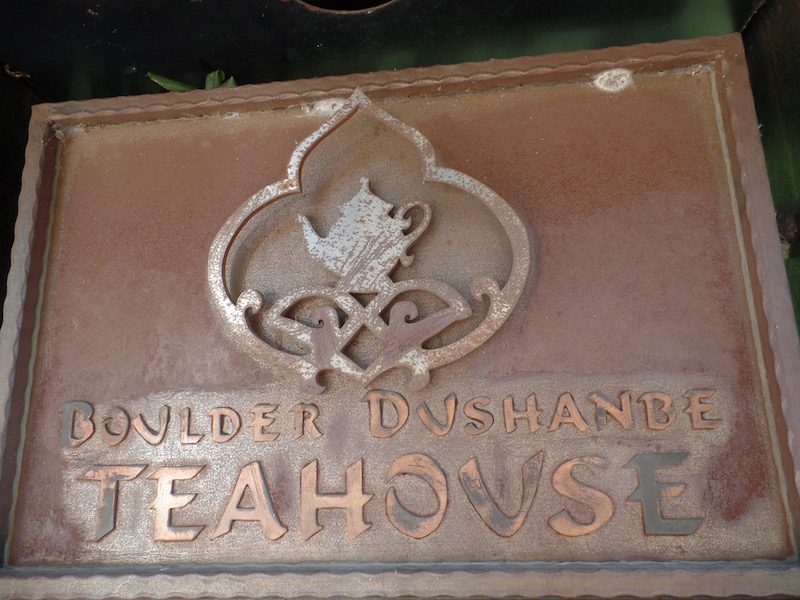

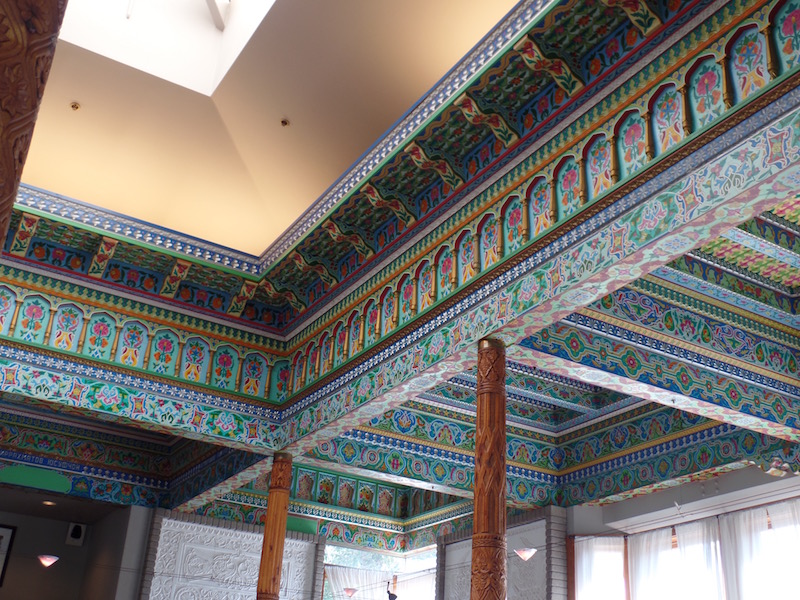
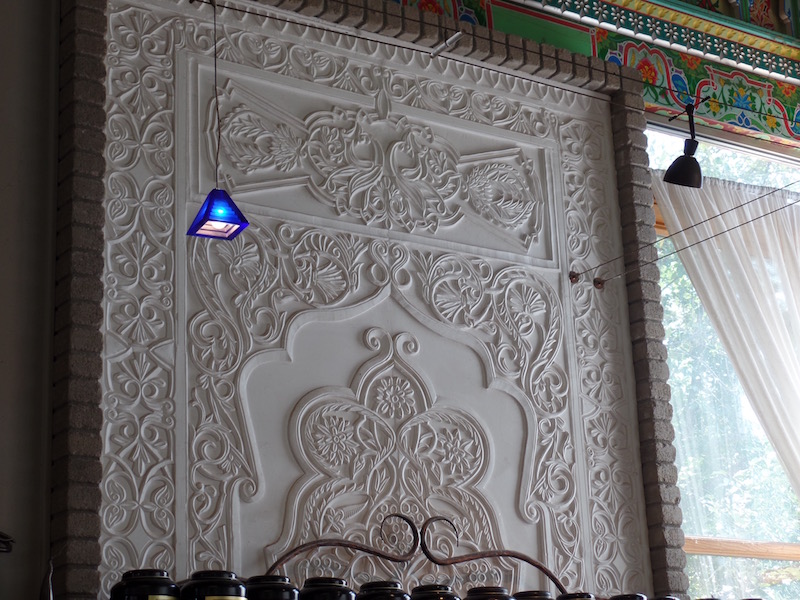
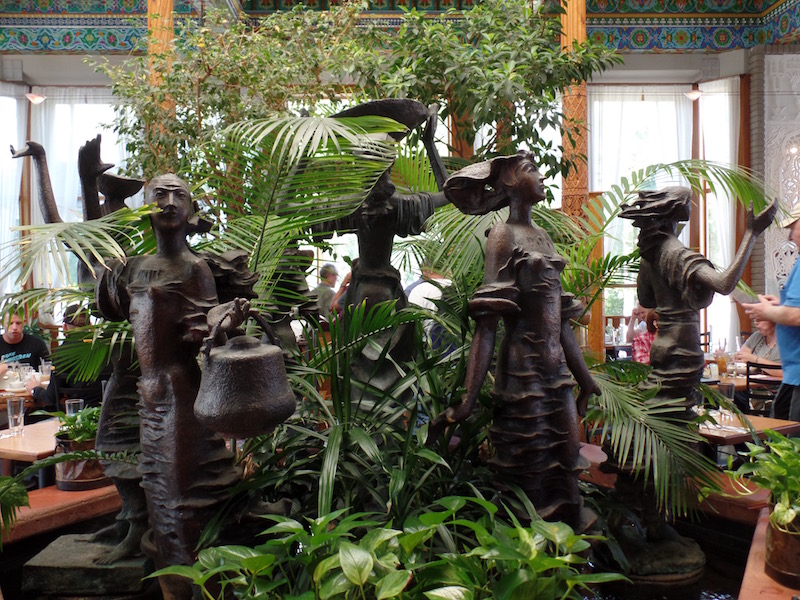
Through the city runs Boulder Creek. The guide talked about this, which is the flood tour and indicates the various flood levels for the devastating flood events. He also talked about how the way that the creek runs through the city was very much planned, to reduce the risk of flooding.
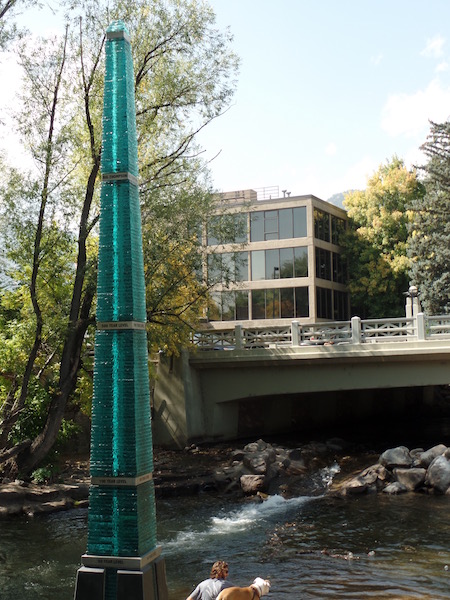
Colorado is known for beer and microbreweries, so we decided to grab lunch at the Walnut Brewery. You can see up on the 2nd floor, the beer The University of Colorado Boulder, called CU (no, I have no idea why UofC would be called CU) ... we walked through the campus, just looking around. The buildings were very interesting in that they all had a very distinctive style. The University dates back into the 1800's ... 1861 when legislation was passed for the state university to be located in Boulder, 1875 when the first cornerstone was laid for the Old Main building, and 1877 when it was officially opened. The University system was actually founded before Colorado was admitted to the Union! The University has over 30,000 students that study one of 150 academic programs. It boasts a pretty decent list of achievements, including 12 Nobel Laureates, 9 MacArthur Fellows, and 18 astronauts.
These are just a few pictures as we drove back from Boulder to Denver, which shows the dramatic difference between North Carolina and Colorado! Here you see the mountains and then large open prairies with almost no trees. When we drive out from Phoenix towards the Grand Canyon, and then back, you'll also see a stark contrast there as well.
